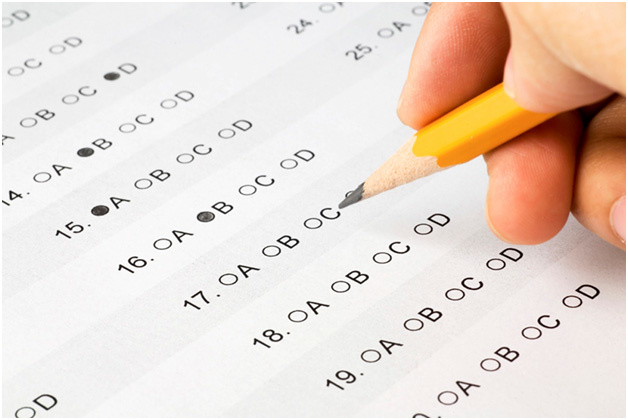
Results from a survey administered by the Iowa Testing Programs suggest that interest levels among Iowa students in science, technology, engineering, and math, collectively referred to as STEM, decline steadily between third grade and high school graduation.
These results follow a national trend identified by Junior Achievement USA and the ING U.S. Foundation, which surveyed teens about their career plans and found a 15 percent decline in interest in STEM and medical-related fields between 2012 and 2013.
To get a picture of the STEM outlook in Iowa, the University of Iowa College of Education’s Iowa Testing Programs (ITP) partnered with the governor’s Iowa STEM Advisory Council to collect data regarding Iowa students’ interest in core curricular areas and especially in STEM.
STEM Interest Surveys were distributed statewide in grades 3 through 12 during the 2012-13 school year as part of the Iowa Assessments with more than 240,000 students participating.
David Henkhaus, ITP’s associate director of State Programs who led the survey distribution project, collected responses, and compiled and analyzed the data.
The surveys were part of a larger project known as the Iowa STEM Monitoring Project, a collaboration with the University of Northern Iowa and Iowa State University instigated by the Iowa STEM Advisory Council. The Council was formed via an executive order from Iowa Gov. Terry Brandstad to “increase student interest and achievement in STEM in order to be well prepared for post-secondary study and rewarding STEM careers that await them here in Iowa.”
ITP surveys asked third- through fifth-grade students to respond to eight questions regarding STEM and other core curricular interests on a scale of “Like it a Lot” to “Don’t Like it Very Much.” Sixth through twelfth graders used a scale of “Very Interested” to “Not Very Interested.”
Some of the steepest interest declines appeared in the areas of engineering and computers/technology. In third grade, 74 percent of survey respondents selected “Like it a Lot” when asked about computers and technology. Third graders also chose “Like it a Lot” 64 percent of the time when asked about engineering. By eleventh and twelfth grades, those numbers decreased to 27 percent choosing “Very interested” regarding computers and technology and 18 percent choosing “Very Interested” regarding engineering.
ITP Statewide Testing Programs Director Catherine Welch says the results “point to a need for encouragement in those early years, especially encouragement for kids who are start becoming interested in careers.”
Jeff Weld, STEM Advisory Council executive director and UI College of Education alumnus, says it’s important to support students’ STEM and interests and achievements because we’re living in a “STEM century” and Iowa’s economy is “deeply anchored in the STEM fields.”
“We need a steady talent pipeline,” Weld says.
This is a national need. Research from a Partnership for a New American Economy projects a shortfall of 230,000 “qualified, advanced-degree STEM workers” by 2018, according to a recent CBS News report.
As part of its efforts to create that pipeline in Iowa, the STEM Council created the Scale-Up Initiative, which brings proven STEM programming to schools and other educational facilities throughout the state. One purpose of ITP’s survey was to help determine if those programs are having a positive impact.
Survey results suggest that some Scale-Up programs are having a positive impact on students’ affinity for STEM. Participants in the First Lego League program in grades 4-8 had a “noticeably higher” rate of selecting “Like it a Lot” or “Very Interested” on questions related to computers/technology and STEM-skill employment, according to ITP’s survey report. First Tech Challenge participants, high school students in grades 9-11, maintained high levels of “Very Interested” responses in all STEM-related questions except for math.
Weld says ITP’s expertise in measurement and its ability to gather reliable, thorough data helps his council gauge the success of its efforts and make informed decisions about next steps.
“Our STEM juggernaut would be rudderless without indicators and benchmarks to guide us. That is the critical role of the ITP’s contribution—informing the council out of the gates and from here as to whether we are on the right track toward our goal.”
Jeff Weld
“Our STEM juggernaut would be rudderless without indicators and benchmarks to guide us,” Weld says. “That is the critical role of the ITP’s contribution—informing the council out of the gates and from here as to whether we are on the right track toward our goal.”
ITP will administer the STEM Interest Survey again this school year to begin to track changes in results.
Read the Iowa STEM Monitoring Project’s 2012-2013 Summary Report incorporating the STEM Interest Survey results.